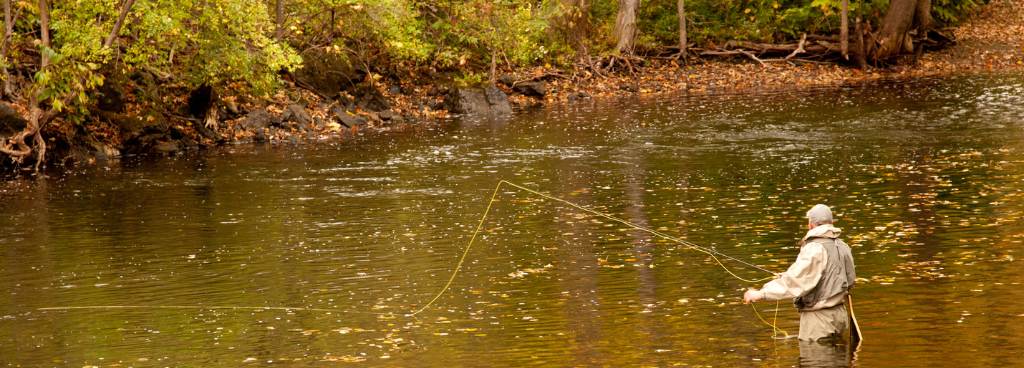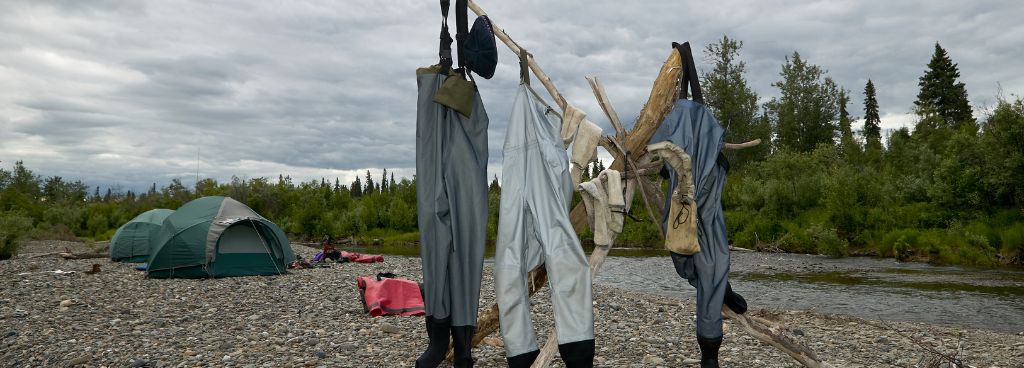Stories Worth Reeling In...
Last Updated on September 21, 2023
Picture this: You’re knee-deep in a serene river, casting your line and feeling the thrill of the chase. As anglers, we’re no strangers to the adventures and challenges that come with our beloved pastime. But have you ever stopped to consider the potential dangers that may lurk beneath the surface? That’s where fishing waders come into play.
In this article, we’re diving headfirst into the question on every angler’s mind: Are fishing waders dangerous if you fall into deep water? It’s a topic that deserves our attention because, let’s face it, accidents can happen to even the most seasoned fishing enthusiasts.
Table of Contents
When it comes to fishing, having the right gear is key to enjoying a successful and comfortable experience. Fishing waders are a crucial part of our angling arsenal. But what exactly are fishing waders, and why do we need them?
In a nutshell, fishing waders are specialized waterproof garments designed to keep us dry and protected while we wade through rivers, streams, or lakes. They act as a barrier between us and the water, allowing us to reach those prime fishing spots that are otherwise inaccessible from the shore.
Now, let’s take a closer look at the different types of fishing waders available:
It’s hard to choose the best Fishing waders mostly because they are crafted using various materials, each with its own benefits and considerations.
Let’s explore the common materials used in their construction:

When we find ourselves unexpectedly taking a dip in deep water while wearing fishing waders, understanding the role of these essential garments becomes crucial. Fishing waders can actually provide a certain level of buoyancy and flotation, helping us stay afloat and potentially preventing dangerous situations.
Different types of fishing waders, however, can impact buoyancy and floating capabilities in various ways. For instance, boot foot waders with their integrated rubber boots tend to provide additional buoyancy due to the added air trapped in the boots. This can aid in staying afloat in case of an accidental fall.
It’s important to note that while fishing waders can contribute to buoyancy, they should not be solely relied upon as life jackets or personal floatation devices (PFDs). Proper safety precautions and knowledge of swimming techniques are still essential for overall water safety.
Water pressure squeezes the air from the waders and past the belt as you wade. If you fall off a boat while wearing air-filled waders, simply pull your knees up to your chest, wrap your arms around your legs, and squash the air out.
As much as fishing waders can enhance our fishing experiences, it’s vital to be aware of the potential risks associated with falling into deep water while wearing them. Here are some of the hazards we need to keep in mind:

When it comes to fishing waders, finding the right fit is more than just a matter of comfort—it’s essential for safety on the water. Here’s why getting the proper fit matters:
To select the correct size and achieve a proper fit, consider the following tips:
One essential accessory that should never be overlooked when wearing fishing waders is a wading belt. A wading belt acts as a barrier, preventing water from rapidly filling the waders in case of a fall.
By securely fastening the wading belt around the waist, we can limit the amount of water entering the waders, maintaining buoyancy and reducing the risk of being weighed down.
To properly use a wading belt, follow these step-by-step instructions:
Accidents can happen, even to the most experienced anglers. It’s important to be prepared with self-rescue techniques in case of a fall into deep water. Here are some practical tips to keep in mind:
As anglers, our love for fishing knows no bounds. It’s an adventure that brings us closer to nature, tests our skills, and fills our hearts with joy. But amidst the excitement, let’s not forget the importance of staying safe, especially when it comes to wearing fishing waders.
By understanding the risks, selecting the right gear, and practicing safety precautions, we can ensure that our fishing experiences remain enjoyable and free from unnecessary dangers.